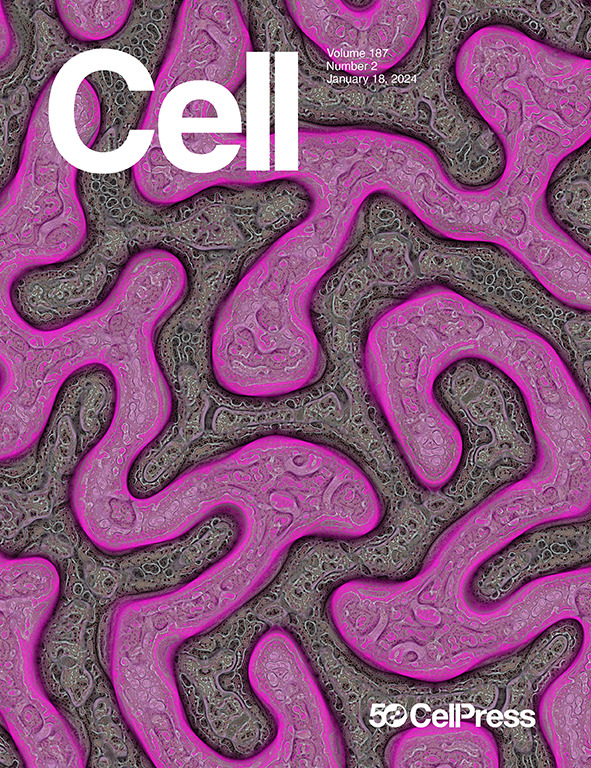From geroscience to precision geromedicine: Understanding and managing aging
IF 42.5
1区 生物学
Q1 BIOCHEMISTRY & MOLECULAR BIOLOGY
引用次数: 0
Abstract
Major progress has been made in elucidating the molecular, cellular, and supracellular mechanisms underlying aging. This has spurred the birth of geroscience, which aims to identify actionable hallmarks of aging. Aging can be viewed as a process that is promoted by overactivation of gerogenes, i.e., genes and molecular pathways that favor biological aging, and alternatively slowed down by gerosuppressors, much as cancers are caused by the activation of oncogenes and prevented by tumor suppressors. Such gerogenes and gerosuppressors are often associated with age-related diseases in human population studies but also offer targets for modeling age-related diseases in animal models and treating or preventing such diseases in humans. Gerogenes and gerosuppressors interact with environmental, behavioral, and psychological risk factors to determine the heterogeneous trajectory of biological aging and disease manifestation. New molecular profiling technologies enable the characterization of gerogenic and gerosuppressive pathways, which serve as biomarkers of aging, hence inaugurating the era of precision geromedicine. It is anticipated that, pending results from randomized clinical trials and regulatory approval, gerotherapeutics will be tailored to each person based on their genetic profile, high-dimensional omics-based biomarkers of aging, clinical and digital biomarkers of aging, psychosocial profile, and past or present exposures.从老年科学到精准老年医学:理解和管理老龄化
在阐明衰老的分子、细胞和超细胞机制方面取得了重大进展。这刺激了老年科学的诞生,其目的是确定衰老的可操作标志。衰老可以被看作是一个由衰老基因(即有利于生物衰老的基因和分子途径)的过度激活促进的过程,或者被衰老抑制因子减缓,就像癌症是由癌基因的激活引起的,由肿瘤抑制因子预防。在人口研究中,这些衰老基因和衰老抑制因子通常与年龄相关疾病有关,但也为在动物模型中建立年龄相关疾病模型以及在人类中治疗或预防此类疾病提供了靶点。衰老基因和衰老抑制因子与环境、行为和心理风险因素相互作用,决定了生物衰老和疾病表现的异质性轨迹。新的分子分析技术能够表征衰老和衰老抑制途径,作为衰老的生物标志物,从而开创了精准老年医学的时代。预计,在随机临床试验和监管部门批准的结果出炉之前,老年治疗将根据每个人的遗传特征、高维组学的衰老生物标志物、衰老的临床和数字生物标志物、社会心理特征以及过去或现在的暴露情况,为每个人量身定制。
本文章由计算机程序翻译,如有差异,请以英文原文为准。
求助全文
约1分钟内获得全文
求助全文
来源期刊

Cell
生物-生化与分子生物学
CiteScore
110.00
自引率
0.80%
发文量
396
审稿时长
2 months
期刊介绍:
Cells is an international, peer-reviewed, open access journal that focuses on cell biology, molecular biology, and biophysics. It is affiliated with several societies, including the Spanish Society for Biochemistry and Molecular Biology (SEBBM), Nordic Autophagy Society (NAS), Spanish Society of Hematology and Hemotherapy (SEHH), and Society for Regenerative Medicine (Russian Federation) (RPO).
The journal publishes research findings of significant importance in various areas of experimental biology, such as cell biology, molecular biology, neuroscience, immunology, virology, microbiology, cancer, human genetics, systems biology, signaling, and disease mechanisms and therapeutics. The primary criterion for considering papers is whether the results contribute to significant conceptual advances or raise thought-provoking questions and hypotheses related to interesting and important biological inquiries.
In addition to primary research articles presented in four formats, Cells also features review and opinion articles in its "leading edge" section, discussing recent research advancements and topics of interest to its wide readership.
 求助内容:
求助内容: 应助结果提醒方式:
应助结果提醒方式:


